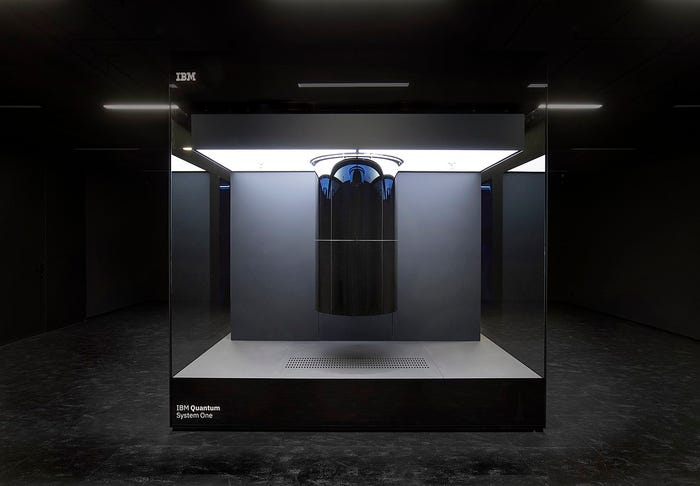
Connects decision-makers and solutions creators to what's next in quantum computing
Quantum-Powered Liver Transplant Screening Outperforms Classical Methods
Terra Quantum image analysis system helps identify best candidate organs for transplant

A new quantum-powered image analysis system can identify healthy livers that are the best candidates for transplantation better than existing methods.
Terra Quantum worked with medical and informatics experts to develop a hybrid quantum neural network diagnostic system, described in a peer-reviewed study in the medical journal Diagnostics. It uses quantum computing techniques combined with classical machine learning systems.
The system used real-world clinical data to identify moderate and severe non-alcoholic fatty liver disease. The researchers found it delivered fewer false positives and greater accuracy than imaging experts and traditional algorithms.
The algorithm generates a “heat map” showing the health of a person’s liver that a specialist could use alongside medical imaging to determine how liver disease is developing faster than traditional methods alone.
It can also help determine if a liver is suitable for donation. A living donor can donate part of their liver, which then regrows.
“This hybrid quantum model includes both classical and quantum layers, reinforcing our winning strategy of combining the strengths of classical and quantum software,” said Terra Quantum founder and CEO Markus Pflitsch.
“Also, the analysis used only 5 qubits, which shows that there is value in quantum computation even now in the noisy intermediate-scale quantum (NISQ) era.”
The study reported that the new algorithm gave an image classification accuracy of 97%, 1.8% more than traditional methods. It also improved the diagnostic accuracy of human experts when sharing data from multiple hospitals, achieving over 90% accuracy with a false negative rate below 5%.
The research simulated a realistic scenario of multiple hospitals creating a common model of their data without having to physically share it between hospitals or on a common server. This meant it complied with privacy laws without losing accuracy.
“This new approach will provide sufficient data for analysis with significant results without having to transfer large quantities of data and at the same time protecting patient privacy,” said study co-author and founder of the Paleoradiology and Related Sciences Research Unit of Trieste Dr. Fabio Cavalli.
The study authors included medical experts at the University of Trieste, Cattinara Academic Hospital, the Azienda Sanitaria Universitaria Giuliana Isontina and the Research Unit of Paleoradiology and Allied Science of Trieste as well as Luca Lusnig, a quantum system engineer at Terra Quantum.
About the Author
You May Also Like
.png?width=100&auto=webp&quality=80&disable=upscale)
.png?width=400&auto=webp&quality=80&disable=upscale)




